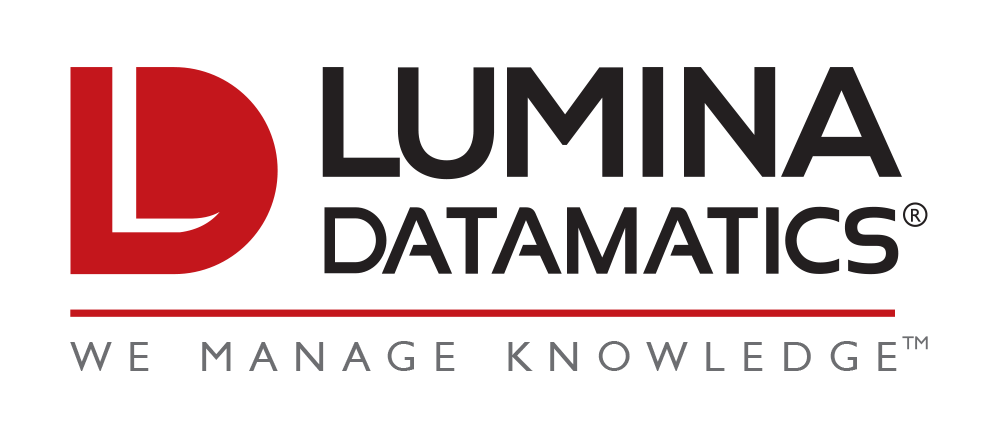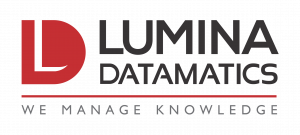Learning and development is a continuous and necessary cycle in most companies for many reasons: new employees join your team, your technologies or processes evolve and expand, and in some cases, it’s downright dangerous not to have proper training in place! Ideally, you want your team to possess thorough knowledge of industry standards as well as your company’s unique values and expectations, and training programs are a good way to convey both sets of knowledge. And ultimately, you want to do more than train and develop your employees’ skills—you really want learning to occur.
It’s therefore critical to build a training program that is efficient, consistent, and distributed with equity across your organization. So, where do you start?
Years ago, I provided a training that ended up being an intense “crash course” for a new project manager who had joined our team. The employee (I’ll call them Person A) lived several states away and would be visiting our office for one week before returning home to work independently. Person A came to us with a lot of industry knowledge and experience, so I knew I didn’t have to start from zero! But still, there was a lot to cover and very little time to do it.
I started with an organized approach. I made a rough outline of internal tools, systems, and processes, and created an end-to-end workflow sketch. Individual clients have nuances and differences, so I made note of as many as possible. Project management requires critical thinking, problem solving, and adaptability, and I wanted to give Person A the resources needed to succeed—in a lot of ways, I wanted to teach a thought process more than a step-by-step workflow.
Then I compiled my resources. I consulted colleagues for material related to clients or processes I wasn’t familiar with, pulled resources from our company’s existing reference files, and filled any gaps by writing my own documentation.
As I built my program, I had many doubts and worries: What if the order I go in is confusing? Is it possible for Person A to retain this much information so quickly? What if I omit something critical, causing Person A to make a big mistake? What if I waste an entire morning going over a process that Person A is already well-versed in?
Despite some early stumbles, the training went well, and Person A became one of our most successful employees (and has since gone on to train numerous other successful PMs as well). In the years since, I’ve been able to refine my own approach and that of Lumina as a whole. So how did I do it? Here are my top 7 tips and principles to consider when designing a learning and development program.
1. Come up with a preliminary plan—focus on what your team needs.
First ask yourself: what am I hoping to accomplish with this program? (Hint: even the early answers to this question will likely turn into your learning objectives!) The goals you’re targeting should be relevant, applicable, and of interest to the learners.
And do your research! Can you gain insight into what industry leaders are doing? Is there a guiding standard for this type of program you can study? Try to learn from any resources that exist to determine what will—and will not—work.
2. Consult with a team of experts.
While there are tons of resources available (books, websites, seminars, and more) to help you develop your own programs, why not benefit from the support of a team of experts? At Lumina, we have a massive team and network of SMEs, curriculum and learning designers, instructional designers, writers, editors, and more who would happily support any part of the process. We can develop the program in its entirety, convert your ideas into a program, edit/refine or accuracy check your writing, or anything in between. Our flexible approach allows our expertise to augment yours, and we can provide as much or as little direction as needed.
When developing your program, note that it’s good practice to provide an early overview of what to expect. That way learners can plan their time, manage their expectations, and prioritize their efforts.
3. Consider the most effective way to teach each concept.
Next consider the logistics of deploying your program. Does your company have an existing LMS? If not, is it worthwhile to invest in developing one, or to snap into a “pre-packaged” option provided by a third party? Even the best content will fall short of expectations if the delivery is clunky or inconsistent.
You will also need to decide what type of learning design is needed for the content. How will your content be best understood? Independent readings? Interactive modules? Immersive technologies? Animations? Videos? Should your assessment questions be adaptive, or static?
Keep in mind that adult learners have unique needs, and you should design all programs around that understanding. And don’t forget to ensure your learning modules are 100% accessible.
4. Begin with an assessment—you don’t know what they don’t know!
It’s inefficient and frustrating for all parties to train someone on something they already know. If you’ve followed the previous steps, in step 1, you set the goals of your training program. Now, figure out what your learners know and what they don’t as related to those goals. This will help you to adapt the program as needed for the specific audience. (See step 6 for more ideas on assessments.)
5. Don’t wait to fail—test early, often, and in small batches.
Developing a comprehensive learning and development program is a substantial effort, and it takes considerable investment. What if, after weeks of development time, you find that your material doesn’t align with your learning objectives? Or with your organization’s values? Or that you’re trying to fix a problem that doesn’t require training? Instead of waiting until the end to see how your modules are received, conduct multiple mini-pilots throughout development. Use these small tests to evaluate what is—and is not—working, then make the necessary adjustments and redeploy, all while staying on target for your goals.
6. End with an assessment—make sure your program works.
Perform a concluding assessment to make sure you achieved the desired results. There are lots of ways to measure My favorites are:
- Offer a test made up of carefully developed assessment questions.
- Conduct a survey about the learning experience and how it aligned to the learners’ expectations (whether anonymous or attributed, surveys can provide powerful, actionable data).
- Invite participants to write free response summaries of what they learned.
Whatever tool you use to evaluate performance, make sure it’s consistent, measurable, and offers actionable insights into the efficacy of your program. Then consider developing further, supplementary programs or resources for any learning gaps that are uncovered in your assessment. (At Lumina, we are a data-driven, results-oriented company, so of course we advise you to capture your results, measure, monitor, compare, and learn from them over time!)
And don’t be afraid to iterate to improve accuracy and currency. Good programs evolve over time.
7. Make it replicable!
Don’t waste time or resources having to recreate learning material that you’ve already put together. Develop your program in a sustainable, lasting system that won’t be lost or subject to technological failures. Build it for longevity and repeatability (repeatability). This avoids redundant efforts, but also ensures consistency in application of the program over time.
Likewise, don’t reinvent the wheel when a new topic needs to be covered. By now, you’ve developed a solid theory and research-based approach to learning. When you need to develop a new program, are there areas you can repurpose? Will the same methodology work with changes to the content? Work smarter, not harder.
Now You’re Ready to Get Started!
The field of learning science is immense, and some people devote their entire careers to its study! This list is not intended to be comprehensive, but to provide some of the tips that have helped me along the way in my learning about learning. Hopefully you’ll find them to be as interesting and helpful as I do!
What resources do you follow and employ? Where does your team need additional support? We want to hear from you! Email our team to begin your learning program development, or visit our website to learn more about Lumina Datamatics.





0 Comments